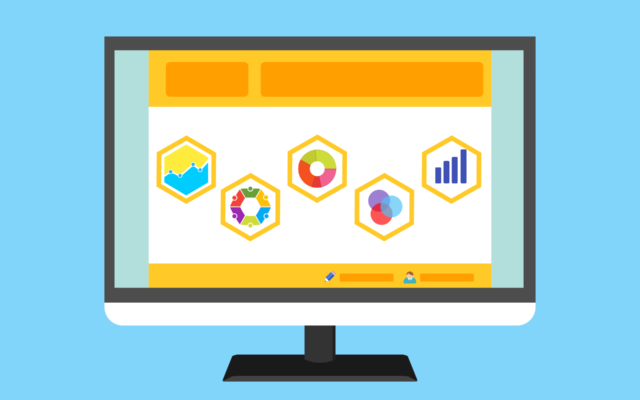Because of its complexity and the way it’s typically taught, a lot of people see statistics as irrelevant and a yawner. Here are a few examples of how stats is actually connected with everyday reality.
You may take one way to work even though it’s longer than another because your commuting time is more predictable. This is important for making connections and just getting to work on time. Your preferred route has a larger mean but a smaller variance, in statistics speak.
Lots of things common sense tells us should be unrelated seem to pop up together. Billions of events are happening around us every day and by chance some will coincide. President Trump’s tweets can be used to predict just about anything…but correlation is not causation.
Speaking of which, many of our daily conversations invoke causation, at least informally. We often make statements such as “I dropped by this store instead of my usual place because I needed to go to the laundry and it was on the way” or “I always buy chocolate ice cream because that’s what my kids like.” Formally establishing causation is one the toughest challenges statisticians face, though. Most effects have multiple causes and, even in the rare cases when we have all the data we need, unraveling how all these variables interrelate may not be feasible.
No human has a worldview that’s purely objective and data-based. No one is even close to this ideal. Much of the way we see the world is a consequence of rough extrapolations from small convenience samples of people and events contaminated by what our significant others believe, among other things.
Human cognition has often been linked by psychologists to Bayesian statistics. This is perhaps why we so often are taken by surprise and expressions such as “I never would have expected that in a million years…” are so common.
Our explanations for things may be too simple…or too complicated. This is related to what statisticians call the bias-variance tradeoff, underfitting and overfitting.
Generalizing from our small convenience samples of imprecise personal impressions to reality is a tough task, though we must do it to make decisions in every day life. Understanding inferential statistics can help us make this leap more successfully.
“It depends…” is a common expression because many things do depend on other things. This is an example of what statisticians call an interaction or moderated effect.
Effects can also be mediated. Your boss’s evaluations of you are directly affected by your own performance but also, indirectly, by the performance of people you work through.
I’ve heard “You’re too much!” too many times and probably all of you are familiar with the expression “the straw that broke the camel’s back.” Threshold effects are of great interest to statisticians.
Trends are frequently misinterpreted. Technically, it takes at least three data points to “establish” a trend, but even when we have many “data points”, including mere impressions, things can move up and down in a seemingly random fashion. On the other hand, other things (e.g., sales, compliments from our spouse) may appear to be getting steadily better or worse. They may be, but not for the reasons we think or would like to believe.
Bias is much talked about but frequently misunderstood. There are ways we are systematically wrong (biased) which also affect our opinions about other matters. Statisticians and scientists have long been conscious of how biases of many kinds can affect how they formulate hypotheses, which data they collect, how they analyze it and how they interpret their results. This does not mean they always own up to it, however. Cooking the data is another matter – that’s called lying.
“Definitely”, “probably”, “maybe” and “I doubt it” sprinkle our daily conservations. “You bet!” is a popular Americanism. Here’s a fundamental link: the central purpose of statistics is to help us make better decisions in the face of uncertainty, that is, to be better gamblers.
Just a few (mostly) random thoughts…
Article by channel:
Everything you need to know about Digital Transformation
The best articles, news and events direct to your inbox







